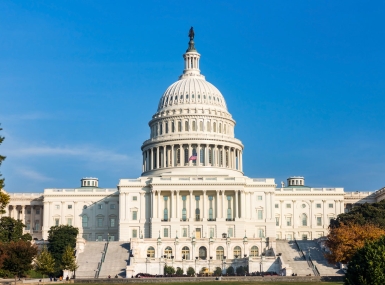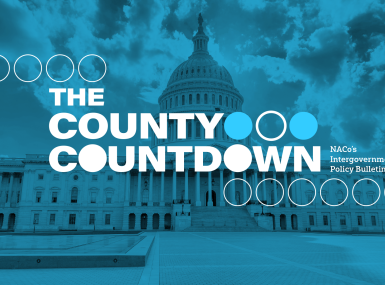Counties and the American Rescue Plan Act Recovery Fund: Clean Water, Sewer & Stormwater Infrastructure

Upcoming Events
Related News
The Recovery Fund and Investments in Water and Sewer Infrastructure
The Coronavirus State and Local Fiscal Recovery Fund (Recovery Fund), part of the American Rescue Plan Act (ARPA), which NACo helped to develop and strongly advocated to pass, allocates $65.1 billion. These funds provide direct, flexible aid for every county, parish and borough in America. Counties are on the front lines in delivering this aid to residents and are a driving force connecting communities and strengthening the economy. As directed by the ARPA and the U.S. Department of Treasury, counties can invest Recovery Funds into a broad range of programs, services and projects under four categories: public sector revenue; public health and economic response; premium pay for essential workers and water, sewer and broadband infrastructure.
Since the enactment of the ARPA, America’s counties have been working hard to develop Recovery Fund implementation plans that will help spur an equitable economic recovery across the nation. As sound financial stewards, counties are investing these critical Recovery Funds to ensure the health and well-being of our nation’s residents and the economic vitality of our local communities. Many counties are in the preliminary stages of development and implementation of Recovery Fund Plans. This report highlights county investments to expand clean water practices, strengthen stormwater mitigation tactics and improve local sewer systems.
Counties Expend Billions in Infrastructure Funds
Annually, counties invest $134 billion in building, maintaining and operating physical infrastructure and public works. Counties across the nation are utilizing Recovery Funds to strengthen water and sewer infrastructure by expanding the impact of these investments.
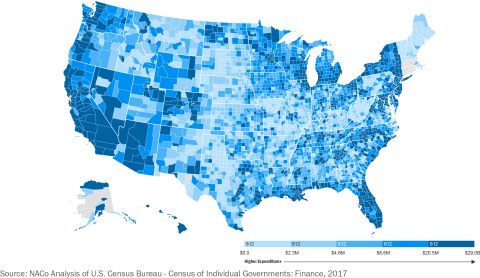
Counties Plan to Invest Recovery Funds to:
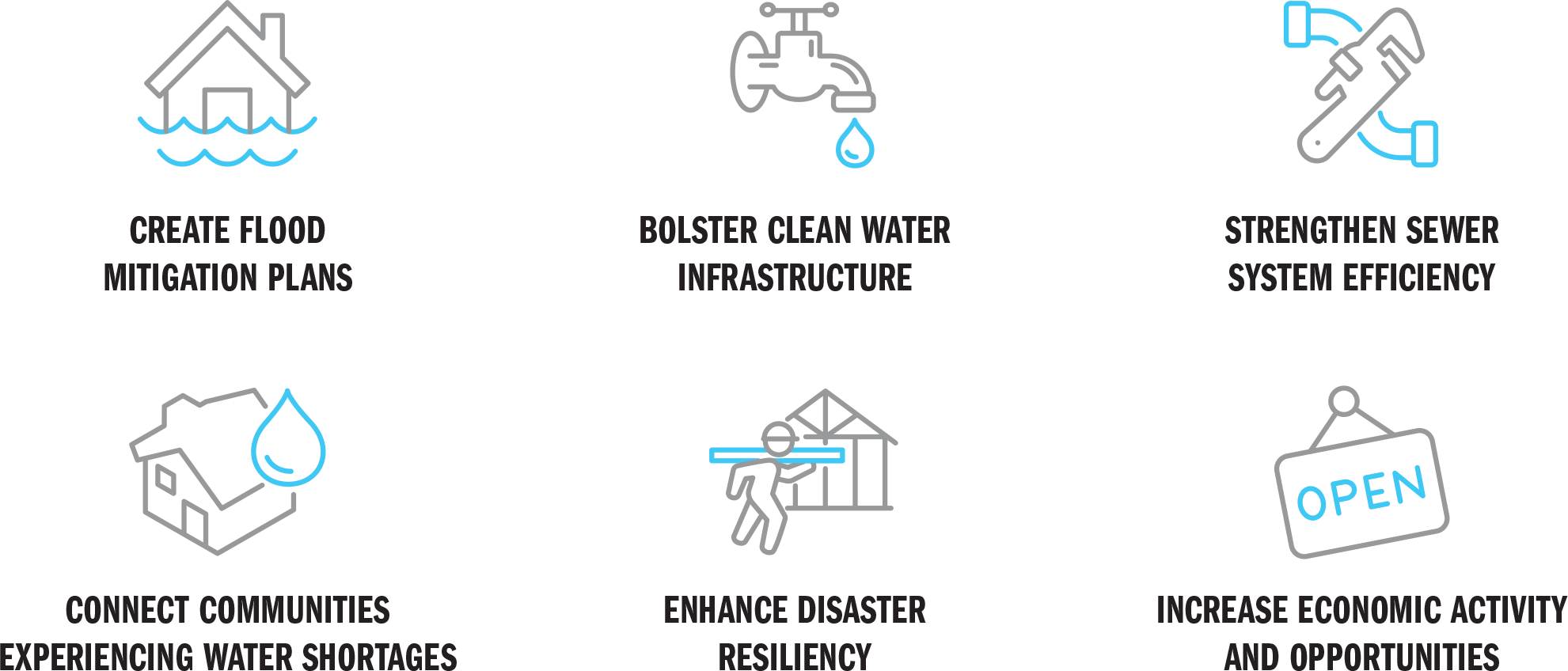
Counties are Expanding Water & Sewer Infrastructure Through Strategic Investments
How will counties invest the funds? NACo analysis of 200 county ARPA Recovery Fund plans reveals county-designed investments in the community across key areas of need. These local priorities are found within county plans at the rate displayed in the chart, e.g., 57 percent of county plans include investments in transportation and infrastructure, including water and sewer. The darker bars are the investment categories adjacent to water and sewer that support the continuation and expansion of services in counties. The examples in this report further illustrate the allocations to support infrastructure at the local level.
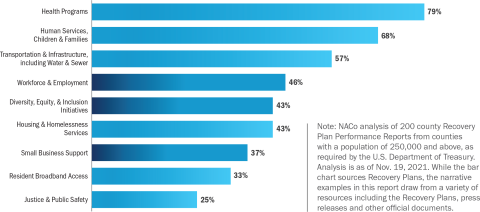
Resource
County Investments of American Rescue Plan Recovery Funds











